Branding
“The things you own end up owning you.”
Charles Michael Palahniuk, an American novelist and freelance journalist
There are around (at least) 3,000 books on the field of branding. It seems that many people can identify a brand when they see one, but when it comes to definitions they tend to lose their way. It gets even more confusing when it comes to the process of branding. Since everyone is a designer today and everyone “does branding,” even if it’s just a business card logo, I decided to write about the topic from an academic perspective based on some of my own background research.
Alina Wheeler, a pioneer in research and writing about brands and branding, writes that branding is a process intended to raise awareness, attract customers, and reinforce loyalty among existing customers. Branding should position the brand as irreplaceable and making it the natural choice of consumers. Branding is a deliberate differentiation intended to fulfill three functions: navigation – helping consumers choose from among a series of options; reassurance – increasing the consumer’s confidence that they made the right choice; engagement – building consumer identification with the brand through the proper use of visuals, language and associations. (Wheeler, 2018)
Since consumers base their choices on differentiation and symbolism, far more than on tangible features and benefits, it can be said that branding is actually managing brand differentiation in the minds of consumers. (Neumeier, 2006)
What goes into the process of branding? It has many parts, like a jigsaw puzzle. Among other things, research, strategy, understanding customer needs and perceptions, vision, values, identity design, culture, and user experience. The purpose of the branding process is to position, differentiate, define a competitive advantage, formulate a value proposition, and then, ultimately, manage all the brand’s tangible and intangible assets. (Wheele, 2018).
After we’ve coordinated, implemented and created a vision, values and an identity, and consumers have begun engaging with the company and identifying it with those differentiators, the brand is being built.
“What is a brand? A singular idea or concept that you own, which resides inside the mind of your customer. It is so simple – and so difficult.” (Ries, Ries & Ries, 2002) This was one of Ries, Ries and Ries’ first definitions as it relates to the modern world. I have avoided the entire concept of “marking with a hot iron” that everyone loves to quote from the Oxford dictionary.
Kellogg’s book on branding was a breakthrough in the field. It suggested that branding was any associations connected with the name, sign or symbol of a specific service or product. The difference between an ordinary company name and a brand is the associations triggered by the latter. They cause people to talk about the brand, to connect it with other things, and to develop a particular idea of what it is. Thus, a brand is born – a collection of positive and negative associations. “Dom Perignon,” for example, evokes in us thoughts of celebration, luxury, champagne, France and a high cost, as opposed to “Las Vegas,” which evokes associations of gambling, fun and shows. (Kellogg on Branding, 2003)
Kotler suggested that branding is like a prism into which one puts products, thoughts, research and more. And at the other end, out come brands that convey particular perceptions of the products. (Kotler, 2003)
A set of definitions was presented in the book, Brands and Branding (Brown, 2016):
“A brand is a label that carries meaning and associations” (Kotler, 2003); “A brand is a name and/or symbol directly used to sell products or services” (Miller and Muir, 2004); “A brand is the most valuable piece of real estate in the world; a corner of someone’s mind” (Hegarty, 2011).
Some short definitions go like this: brands are relationships (Schultz and Schultz, 2003); a brand is a promised experience (Adams, 2013); a brand is the packaging of emotions (Davis, 2005); a brand is a popular idea or set of ideas that people live by (Grant, 1999); and there’s even Olins who went so far as to define “brand” as “a substantial manifesto of the human condition” (Olins, 2009).
There are many definitions of “brand” that consist of just a word or phrase: connection; promise; relationship; conversation; prism; pyramid; patchwork quilt; onion; gestalt; sign that sells; merchandise with personality; corner of a customer’s brain; meaningful label; description; gut feeling about a product; and an idea to live by (Brown, 2016).
Marty Neumeier (Neumeier, 2006, 2007, 2016), one of the most respected people in the field of branding, has a different definition for the word “brand”. I have all his books, but there is one formulation of his that I most connect with. In Neumeier’s view, a brand is our gut feeling about a product, service or company. It’s a gut feeling because we’re all emotional beings acting on intuition, even if we’re trying to be rational. It is also a gut feeling because it is ultimately defined by human beings, by us. As each of us sees a brand in our own way, we actually create our own private version of the brand. Consumer companies can influence us, but not completely control the process. They exert influence by identifying and emphasizing features that differentiate their product from others. When many people have the same gut feeling, you can say the company has created a brand. And finally, a brand is not what you say about it; it’s what they say about it (a phrase used by everyone as if they invented it).
In some cases, it is easy to define a brand according to what it is not. A brand is not a logo, it is not a system of corporate identity, and it does not come into being just because someone put together a brand book!
The following are some examples of large and small brands we had the honor to design.

InnovoPro
Distruptive technology in the food industry
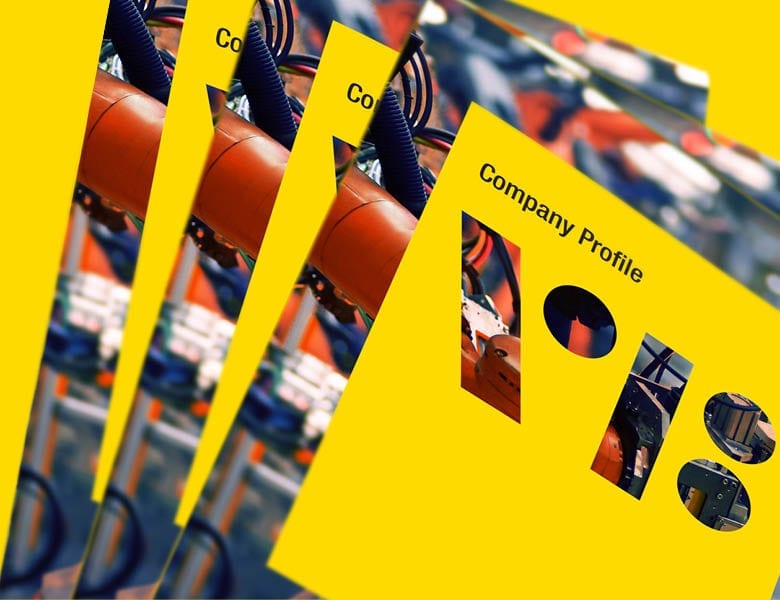
Visual Factories
Modernity in a traditional world
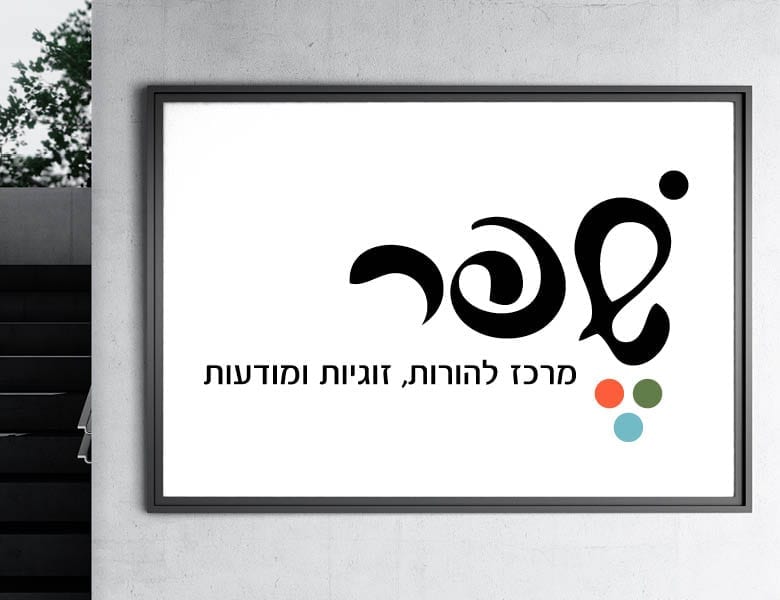
Shefer Center
A meeting of three worlds
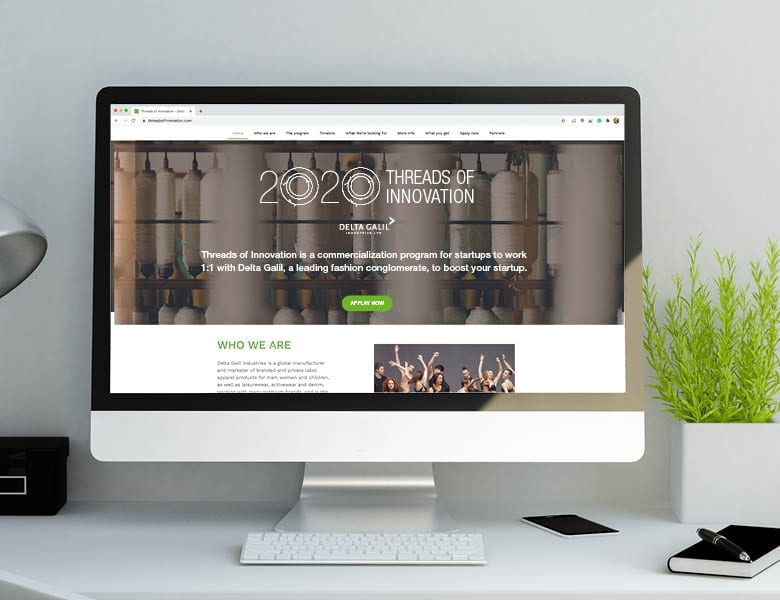
Delta Galil
Threads of Innovation
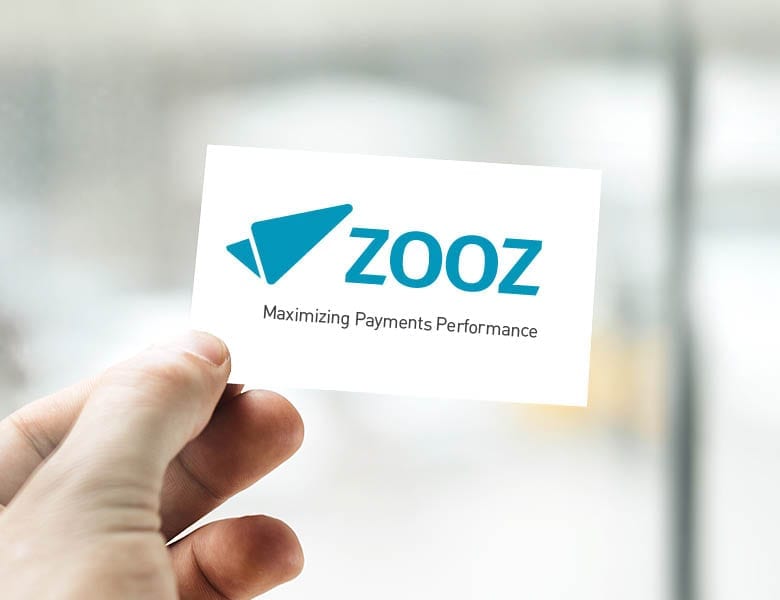
ZOOZ
Maximizing payment performance
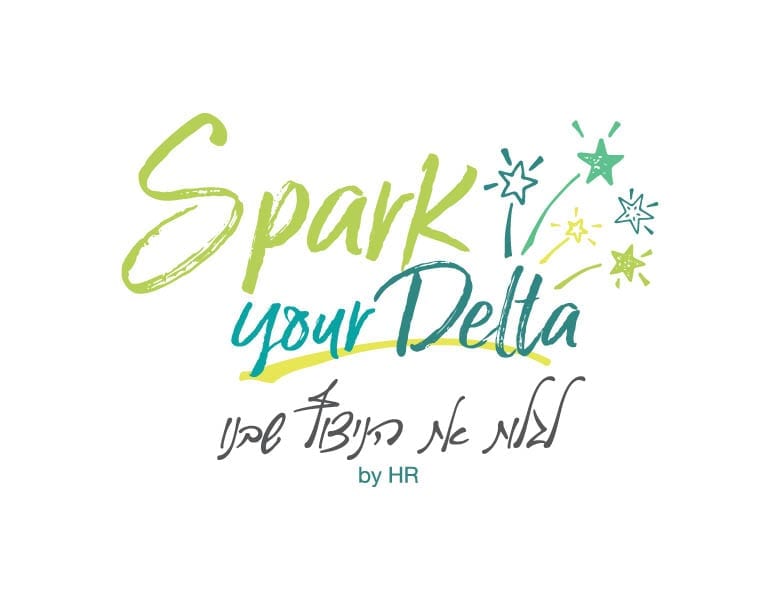
Delta Galil
Spark your Delta, HR branding
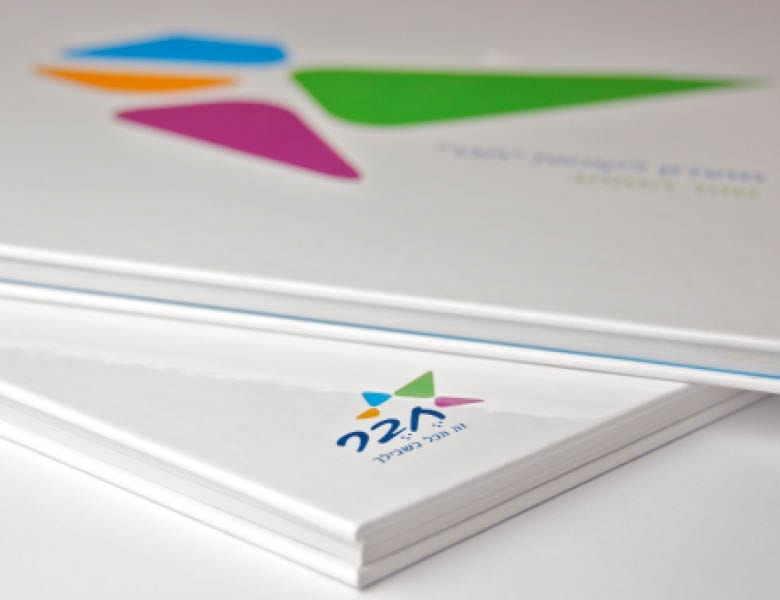
Hever
It's all for you

SolarEdge
Architects of energy

Montenegro
Branding a restaurant experience

Sapiens
Branding Customers conference, Portugal
List of sources:
Adams S., in Millman, D. (2013). Brand thinking and other noble pursuits. Skyhorse Publishing Inc.
Brown, S. (2016). Brands and branding. Sage
Clifton, R. (2009). Brands and branding (Vol. 43). John Wiley & Sons. p:13
Jones, C., & Bonevac, D. (2013). An evolved definition of the term ‘brand’: Why branding has a branding problem. Journal of brand strategy, 2(2), 112-120.
Keller, K. L., & Lehmann, D. R. (2006). Brands and branding: Research findings and future priorities. Marketing science, 25(6), 740-759.
Miller, J., & Muir, D. (2005). The business of brands. John Wiley & Sons.
Murphy, J. M. (1987). What Is Branding? In Branding: A key marketing tool (pp. 1-12). Palgrave Macmillan, London.
Neumeier, M. (2006). The Brand Gap: How to bridge the distance between business strategy and design. AIGA. New Riders.
Neumeier, M. (2007). ZAG: The #1 Strategy of High-Performance Brands. AIGA. New Riders.
Neumeier, M. (2016). The Brand Flip: Why customers now run companies – and how to profit from it. AIGA. New Riders.
Olins W., in Millman, D. (2013). Brand thinking and other noble pursuits. Skyhorse Publishing Inc.
Pike, A. (2016). Brands and Branding. International Encyclopedia of Geography: People, the Earth, Environment and Technology: People, the Earth, Environment and Technology. pp. 1-11.
Ries, A., Ries, L., & Ries, A. (2002). The 22 immutable laws of branding: How to build a product or service into a world-class brand. HarperBusiness.
Schultz, D. E., & Schultz, H. F. (2004). Brand babble: Sense and nonsense about branding. Mason, OH: Thomson/South-Western.
Wheeler, A., Katz, J., & Katz, J. (2011). Brand atlas: branding intelligence made visible. Wiley.
Wheeler, A. (2017). Designing brand identity: an essential guide for the entire branding team. Fifth edition. Hoboken, NJ: Wiley.



